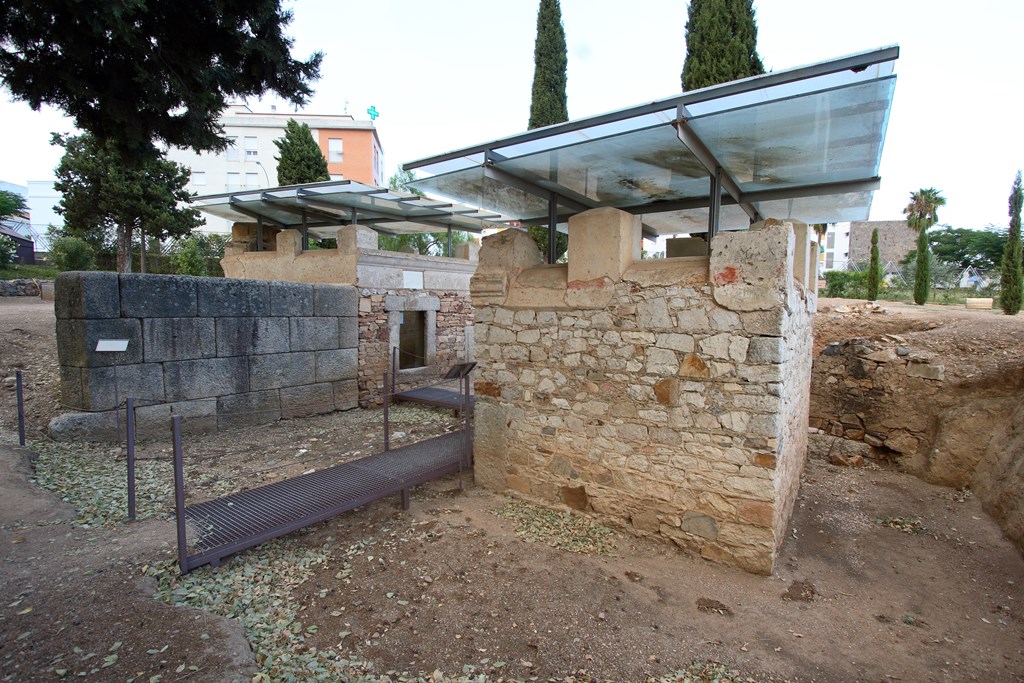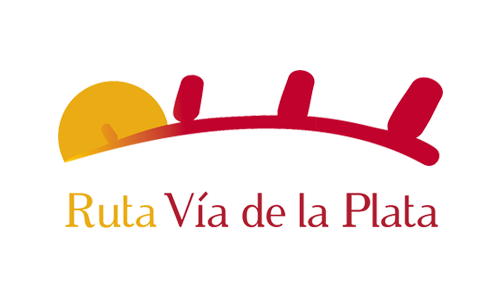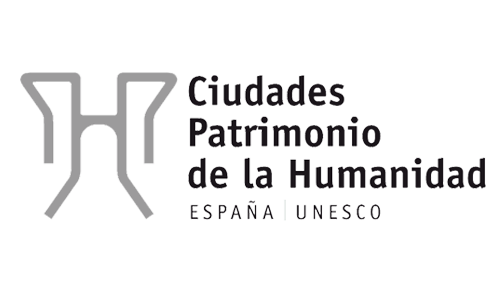Columbarium

From the House of the Mithraeum you can take a long corridor flanked by cypresses to reach an open space which shows us different types of funerary rituals and the various ways people from Mérida had to remember their deceased throughout history. At the back, in a small river bed, there are two small buildings which originally did not have a roof.
These buildings were used by the families, the Voconios and the Julius, to place the funerary urns. The Voconios tomb has a square shape and the Julius tomb is trapezoidal, with an added triangular space made with well edged ashlars. Both tombs are executed with well cut stone parameters (opus incertum) and the joints are sealed with edged mortar. The two buildings end in merlons.
If we follow a path south of these buildings, we come to the remains of two semi-underground mausoleums with a barrel vault roof, built in concrete (opus caementicium). You could enter them using a small stair. Inside you can see arcosoliums where the funerary urns could be placed. These funerary buildings date back to the 1st century AC.

From the House of the Mithraeum you can take a long corridor flanked by cypresses to reach an open space which shows us different types of funerary rituals and the various ways people from Mérida had to remember their deceased throughout history. At the back, in a small river bed, there are two small buildings which originally did not have a roof.
These buildings were used by the families, the Voconios and the Julius, to place the funerary urns. The Voconios tomb has a square shape and the Julius tomb is trapezoidal, with an added triangular space made with well edged ashlars. Both tombs are executed with well cut stone parameters (opus incertum) and the joints are sealed with edged mortar. The two buildings end in merlons.
If we follow a path south of these buildings, we come to the remains of two semi-underground mausoleums with a barrel vault roof, built in concrete (opus caementicium). You could enter them using a small stair. Inside you can see arcosoliums where the funerary urns could be placed. These funerary buildings date back to the 1st century AC.
Hours
Fees
Location





